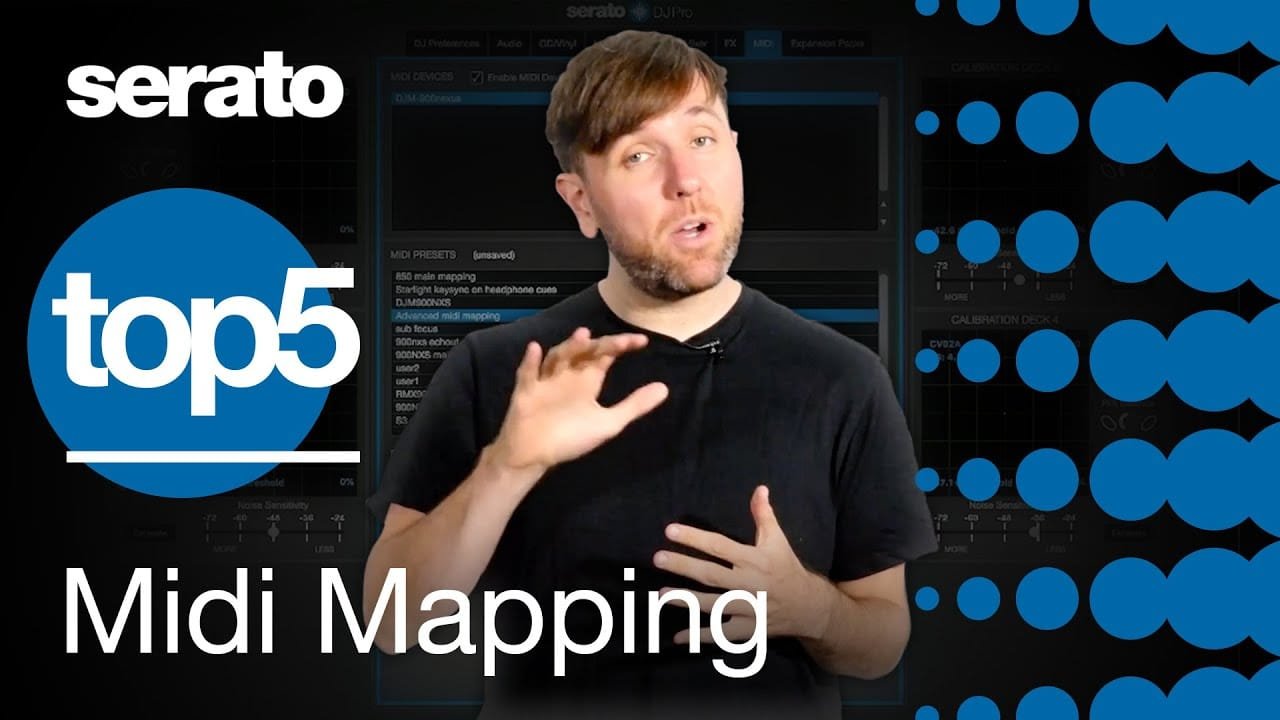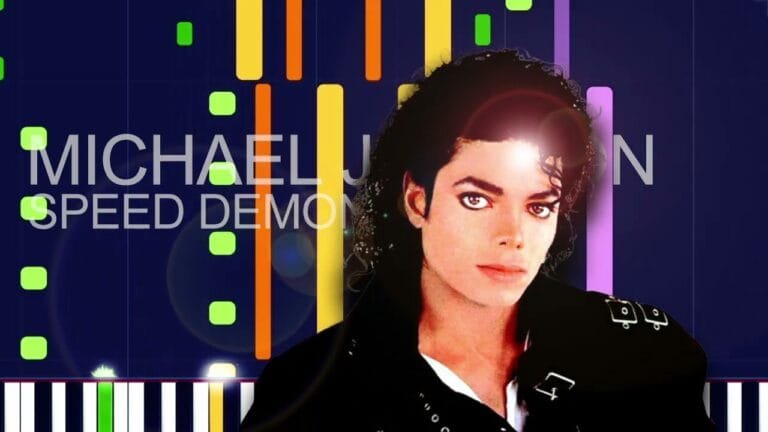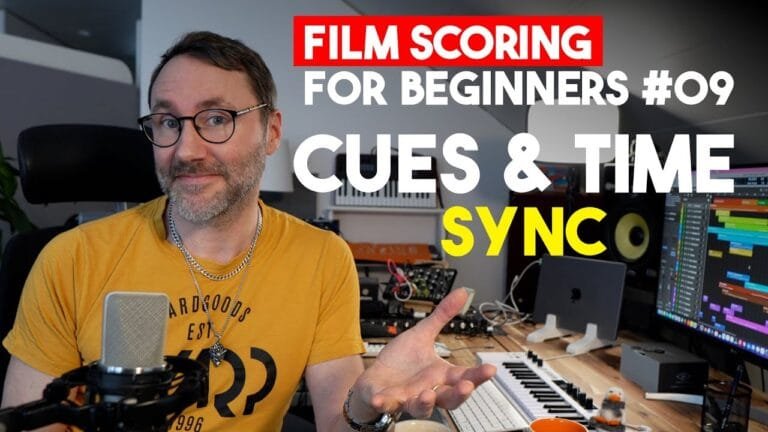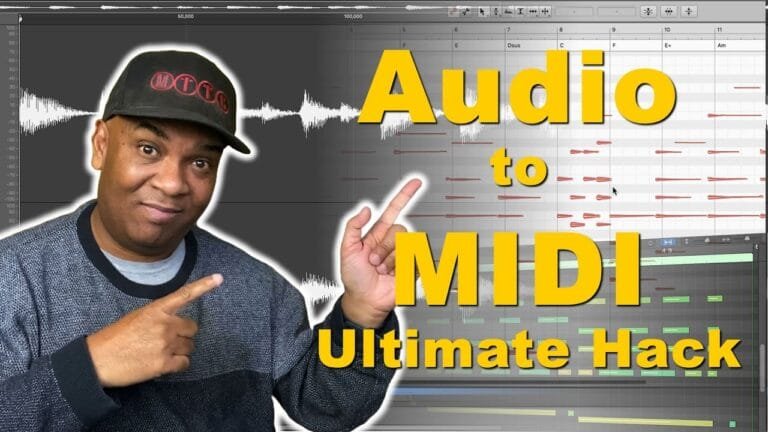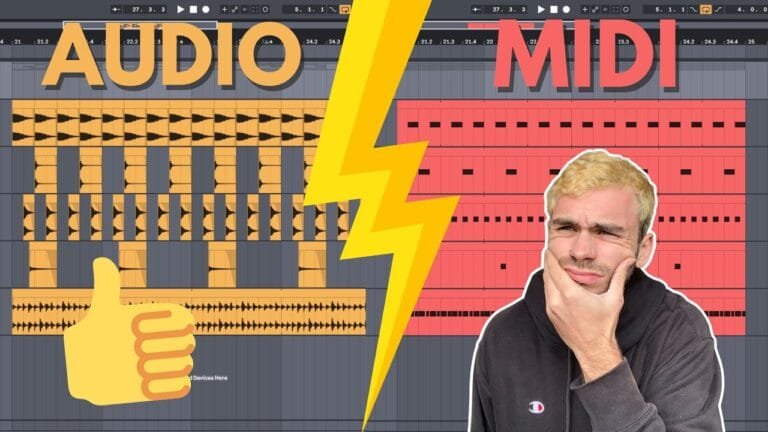Master Advanced MIDI Mapping Techniques for Unforgettable Live Shows
The Power of MIDI Mapping for Live Performances
When it comes to creating a captivating live show, the magic often lies in the details. The lights, the visuals, the sounds – all these elements combined create an immersive experience for the audience. Among the various tools that artists use to enhance their performances, MIDI mapping holds a special place. This powerful technique allows performers to control and manipulate various aspects of their performance in real-time, adding an extra layer of dynamism and interactivity to the show.
Understanding the Basics of MIDI Mapping
Before diving into advanced MIDI mapping techniques, it’s crucial to understand the basics. MIDI, or Musical Instrument Digital Interface, is a protocol that allows electronic musical instruments, computers, and other devices to communicate with each other. MIDI mapping is the process of assigning different MIDI messages to specific functions or parameters within a software application.
Advanced MIDI Mapping Techniques
Now that we’ve covered the basics, let’s delve into some advanced MIDI mapping techniques that can take your live performances to the next level.
The Power of MIDI Mapping for Live Performances
When it comes to creating a captivating live show, the magic often lies in the details. The lights, the visuals, the sounds – all these elements combined create an immersive experience for the audience. Among the various tools that artists use to enhance their performances, MIDI mapping holds a special place. This powerful technique allows performers to control and manipulate various aspects of their performance in real-time, adding an extra layer of dynamism and interactivity to the show.
Understanding the Basics of MIDI Mapping
Before diving into advanced MIDI mapping techniques, it’s crucial to understand the basics. MIDI, or Musical Instrument Digital Interface, is a protocol that allows electronic musical instruments, computers, and other devices to communicate with each other. MIDI mapping is the process of assigning different MIDI messages to specific functions or parameters within a software application.
Advanced MIDI Mapping Techniques
Now that we’ve covered the basics, let’s delve into some advanced MIDI mapping techniques that can take your live performances to the next level.
1. Complex Mapping
Complex mapping involves assigning multiple parameters to a single control. This can be a powerful way to add depth and complexity to your performance. For instance, you could map a single knob to control both the filter cutoff and resonance on a synthesizer, creating a more dramatic effect when the knob is turned.
2. Layered Mapping
Layered mapping is another advanced technique that involves assigning different parameters to the same control, depending on the current mode or context. This allows you to switch between different functions on the fly, adding versatility to your performance setup.
3. Conditional Mapping
Conditional mapping takes things a step further by allowing you to assign different parameters based on specific conditions. For example, you could set up a mapping that only triggers a specific effect when the volume is above a certain level, or when a certain note is played.
Applying MIDI Mapping Techniques in Live Performances
While these techniques can be quite powerful, they’re only effective if used appropriately. Here are some tips on how to apply advanced MIDI mapping techniques in your live performances.
1. Plan Ahead
Before you start mapping, it’s important to have a clear idea of what you want to achieve. Think about the different elements of your performance and how you want to control them. This will help you make more effective use of your MIDI controller and avoid unnecessary complexity.
2. Test and Refine
Once you’ve set up your mappings, be sure to test them thoroughly. Make adjustments as necessary to ensure that everything works as expected. Remember, the goal is to enhance your performance, not to create confusion or technical issues.
3. Practice
Finally, remember that mastery comes with practice. Spend time getting comfortable with your mappings and learning how to use them effectively. The more familiar you are with your setup, the more confident you’ll be on stage.
Examples of MIDI Mapping in Live Performances
To give you a better idea of how MIDI mapping can be used in a live performance context, let’s take a look at some examples.
1. Controlling Visuals
Many artists use MIDI mapping to control visuals during their performances. This can involve triggering specific video clips, manipulating live camera feeds, or controlling lighting effects. By mapping these visual elements to their music, artists can create a more cohesive and immersive experience for the audience.
2. Live Looping
Live looping is another popular application of MIDI mapping. Artists can use their MIDI controller to trigger and manipulate loops in real-time, adding a layer of improvisation to their performance. This can involve everything from simple beat loops to complex melodic sequences.
3. Interactive Performances
Some artists take MIDI mapping to the next level by creating interactive performances. This can involve mapping audience input (such as movement or noise) to specific parameters, allowing the audience to directly influence the performance. This can create a unique and engaging experience, blurring the line between performer and audience.
Conclusion
Advanced MIDI mapping techniques can open up a world of possibilities for live performances. By allowing artists to control and manipulate various aspects of their performance in real-time, these techniques can add an extra layer of dynamism and interactivity to the show. Whether you’re a seasoned professional or just starting out, mastering these techniques can help you create unforgettable live shows.

